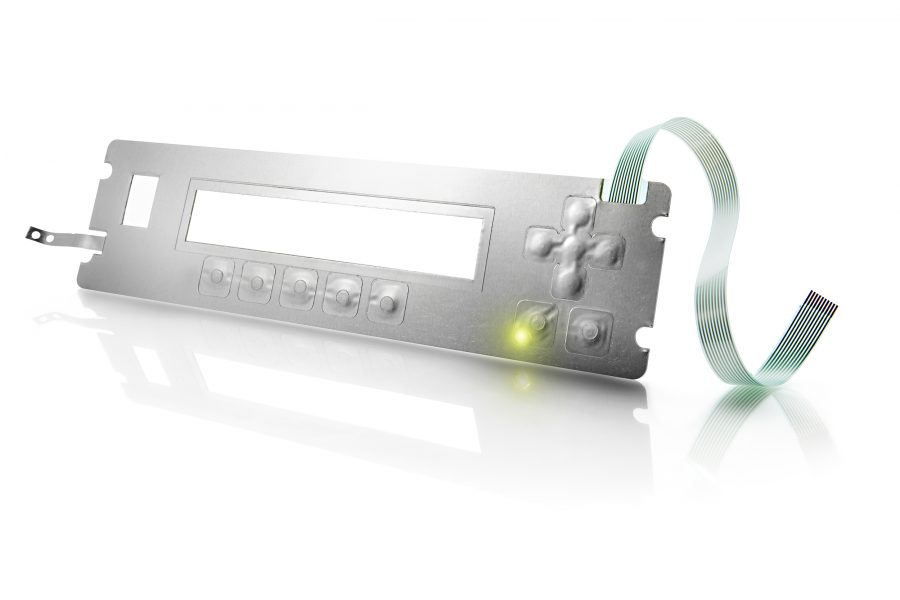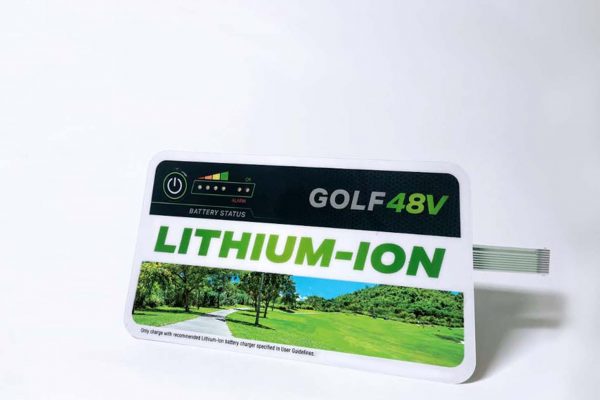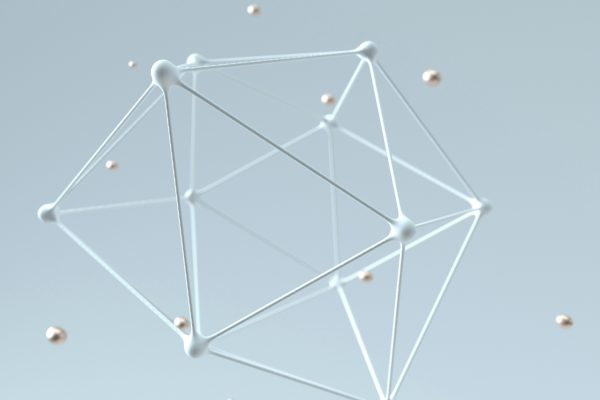The Art & Science of Electronic Shielding

By Ken Boss
An old friend of mine – an ESD guru – once told me that “shielding against electrostatic discharge is like witchcraft. No one REALLY knows if you need it. 50% of the folks who think they need it, don’t. And 50% of the ones who don’t think they need it, do.”
Well in my experience, shielding for electrostatic discharge isn’t exactly witchcraft. But it certainly can get complicated!
ESD Shielding Techniques
Electrostatic discharge (ESD) shielding is the most common type of electronic shielding we integrate into our interface products, usually built into the user interface panel under the graphic overlay (which is the top layer).
The ultimate objective is to protect the electronics inside of the unit from user’s built-up static charge, which can transfer through the keypad. As we all know, the human body carries static, potentially several thousand volts. The ESD shield is designed to dissipates this static discharge so you don’t damage components.
We have a few different techniques we can use to dissipate a static charge:
- First is with a screen-printed grid pattern of conductive silver ink, which can be grounded to a trace on the interface panel and then routed to a ground plane on the motherboard to carry the static charge away from any nearby conductive components. A separate tail for the shielding layer can also be designed for connection to the housing or another mechanical piece already grounded.
- Second is the use of full conductive laminates, tapes and foils inside the product. These provide a higher level of dissipative properties, but they can also be more expensive. The absorptive properties of the overlay materials are an important factor in determining which technique should be used.
In both these applications, the key is to manage the dual nature of the protective layer. On the interface side, the conductive layer is on top to catch the static. Then a laminate insulating layer is placed on the bottom, to protect the components. In short, it is outside-in protection.
To Shield or Not to Shield – That is the Question…
Since our work with shielding requirements typically occurs at the interface level, where human beings (who are a great source of electrostatic current) directly interact with a product, we’ve developed a step logic that helps us determine when shielding is necessary in these situations. It goes like this:
- If the product is going into an environment where there is a high risk of a static charge being applied by the user when pressing the buttons…
- that charge is likely to exceed the 1000 volts / .001” thickness absorption property of the overlay material …
- they have a customer or regulatory requirement that drives ESD protection to a certain level …
- they have static sensitive components near the surface of the keypad inside the unit …
- then ESD shielding is likely required.
While this logic is specific to membrane switches and the other kinds of interfaces we typically work with, it can be adapted and applied to many other applications.
EMI Shielding Techniques
Electromagnetic interference (EMI) shielding is another form of electronic shielding that we are often called upon to implement. In many cases, there are regulatory rules surrounding the amount of EMI noise a product can emit, and these are tested and certified for compliance.
Unlike ESD protection, this type of shielding is usually inside-out.
For instance, an LCD emits electromagnetic fields, typically out of a clear display in our graphic overlay layer. The EMI shielding is placed over this window, facing IN (the opposite of an ESD shield). Now this is a clear window, so we can’t use foils or screen-printed patterns, because you can’t see through them.
So instead we use ITO-spattered polyester. Indium tin oxide is applied to one side of the polyester, allowing the shield to remain clear. The electromagnetic interference is blocked, and the display is not hampered at all.
Ferrites and ferrite beads can also be used to shield cables that may be emitting EMI. You may have seen them as lumps under the insular layer of a cable. These iron-oxide components have magnetic properties that can help prevent EMI noise from exiting the product.
Grounding Challenges
For both ESD and EMI shielding, the grounding solution is often the biggest challenge. We work with a variety of techniques – 3M conductive adhesives, unique die-cut tabs, etc. – to guide the charge to proper ground.
The key is working with our customers’ engineers, looking at the mechanical design, and leveraging material and mechanical techniques to manage the ground path in a way that provides optimal protection.
Ken Boss is the Vice President of Sales & Marketing at JN White®, a leading ISO 9001:2015 and ITAR certified manufacturer. He is an expert in the design and production of graphic overlays, membrane switches, user interfaces, control panels and custom labels. To see additional insights from Ken, please visit www.jnwhiteusa.com/blog.
More from Ken
When people hear the term graphic overlay, they often think of it as just a decorative cover. But in industrial and medical applications, polycarbonate overlays and other engineered materials are much more than a cosmetic detail. They are a critical…
Biosensors stand at the cutting edge of precision detection technology, integrating biological components with electronic systems to deliver fast and accurate measurements of various analytes. As the need for advanced diagnostic tools and monitoring systems escalates, biosensors are set to…
Projected Capacitive (PCAP) touch technology has revolutionized modern touchscreens, providing highly responsive, durable, and intuitive user experiences. From smartphones to industrial control panels, PCAP touchscreens are now the gold standard for applications requiring precision and reliability. At JN White, we…








